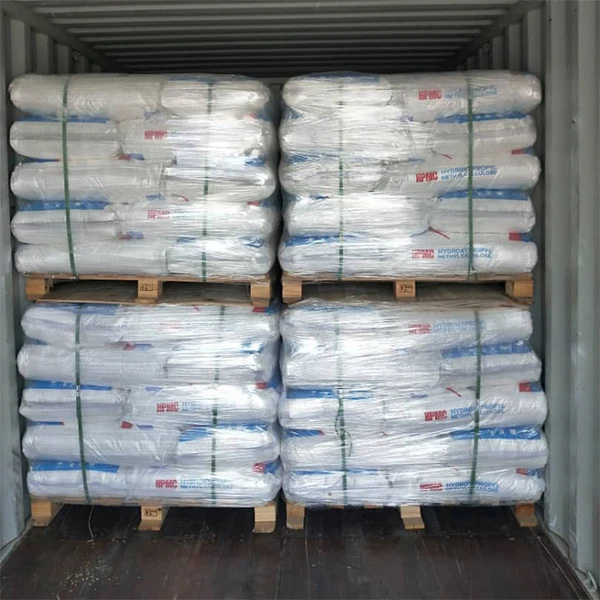Choosing the Right Adhesive for Tile Installation
When it comes to installing tiles, whether for a kitchen backsplash, bathroom flooring, or any other application, choosing the right adhesive is crucial to ensure a durable and beautiful finish. Tile adhesive serves as the bonding agent that holds your tiles in place, and the right choice will allow you to achieve optimal results. In this article, we will explore the different types of tile adhesives, their properties, and how to select the best one for your project.
Types of Tile Adhesive
1. Thin-Set Mortar This is the most common type of adhesive used for tile installation. Thin-set mortar is a mixture of Portland cement, fine sand, and additives. It is designed to be applied in a thin layer (usually about 1/4 inch thick) and is suitable for most types of ceramic and porcelain tiles. When selecting thin-set mortar, consider the specific environment, as some versions are formulated for wet areas like bathrooms or pools.
2. Modified Thin-Set Mortar This type of adhesive includes additional polymers, making it more flexible and better at adhering to a variety of surfaces. Modified thin-set mortars provide enhanced bond strength and are ideal for challenging conditions, such as installing tiles over plywood surfaces or in areas subject to heavy moisture.
3. Epoxy Adhesive If you require a high-performance option, epoxy adhesives are worth considering. These adhesives consist of epoxy resins and hardeners and offer excellent bond strength, resistance to chemicals, and low water absorption. However, they can be more challenging to work with, as they have a shorter working time and require careful mixing and application.
4. Mastic Adhesive Mastic is a premixed adhesive that is moisture resistant and easy to work with. It's primarily used for wall tiles in dry areas and is not recommended for wet applications like shower floors. While mastic can simplify the installation process, its bond strength is not as high as thin-set or epoxy adhesives.
Considerations When Choosing Adhesive
adhesive for tile

1. Tile Type The material of your tiles will greatly influence your adhesive choice. For instance, heavier stone tiles may require a thicker bond or a specialized adhesive to ensure they remain secure.
2. Installation Surface The surface onto which you're applying the adhesive is also important. Some adhesives perform best on concrete, while others are formulated for drywall or cement board. It's crucial to match the adhesive with the substrate for optimal performance.
3. Moisture Exposure If the tiles are to be installed in wet areas, such as bathrooms or outside spaces, it is essential to choose an adhesive that is rated for such environments to prevent issues like mold growth or tile failure.
4. Temperature Fluctuations In environments where temperature changes are common, consider using a flexible adhesive to accommodate expansion and contraction, maintaining a strong bond over time.
5. Working Time Different adhesives have varying working times. For DIY projects, select an adhesive that allows for enough time to position the tiles accurately before it sets.
Conclusion
In conclusion, the right adhesive for tile installation will depend on various factors including the type of tile, the surface it will be applied to, environmental conditions, and personal convenience. Whether you choose thin-set mortar for its versatility, epoxy for its strength, or mastic for its ease of use, ensure you follow the manufacturer's guidelines for mixing and application. Properly applied adhesive not only ensures a lasting bond but also contributes to the beauty and functionality of your tiled surfaces.
By carefully evaluating your project requirements and selecting the appropriate adhesive, you'll set the stage for a successful tile installation that stands the test of time. Happy tiling!
-
The Versatility of Industrial Additives: Mhec, Hpmc, And Wall Putty SolutionsNewsMar.28,2025
-
The Importance of HPMC in Modern IndustriesNewsMar.28,2025
-
Partnering with Reliable Manufacturers for Optimal ResultsNewsMar.28,2025
-
Enhancing Construction Performance with Redispersible Polymer PowdersNewsMar.28,2025
-
Enhancing Construction and Household Products with Advanced AdditivesNewsMar.28,2025
-
Building Strong Foundations with Key Construction MaterialsNewsMar.28,2025






